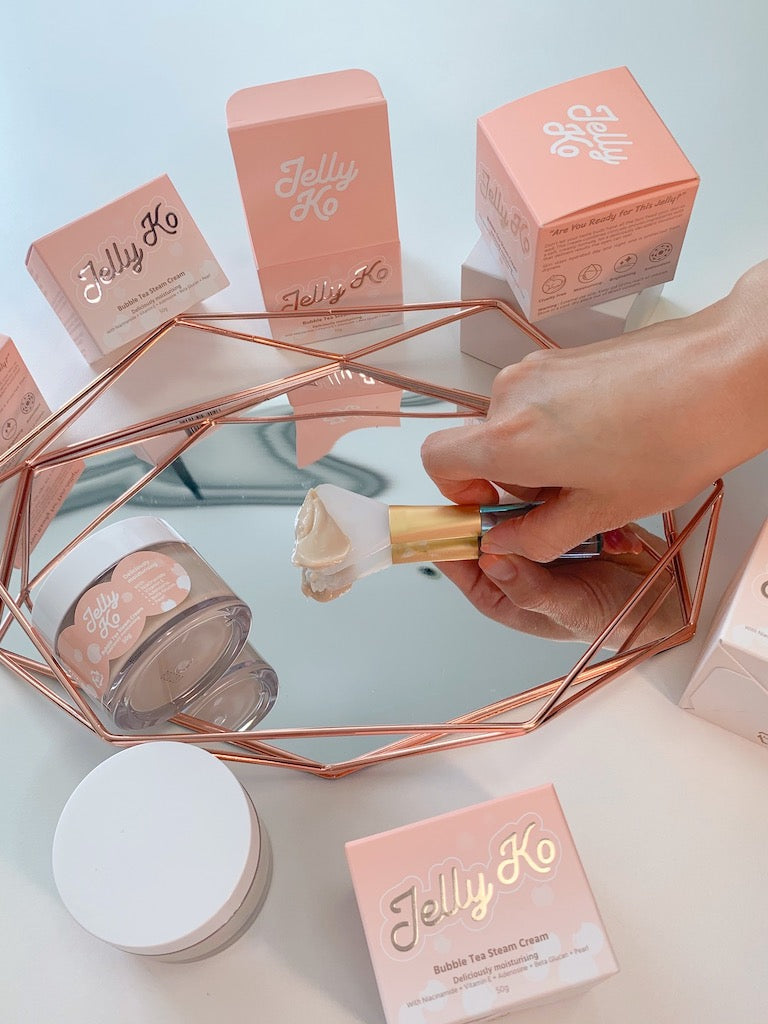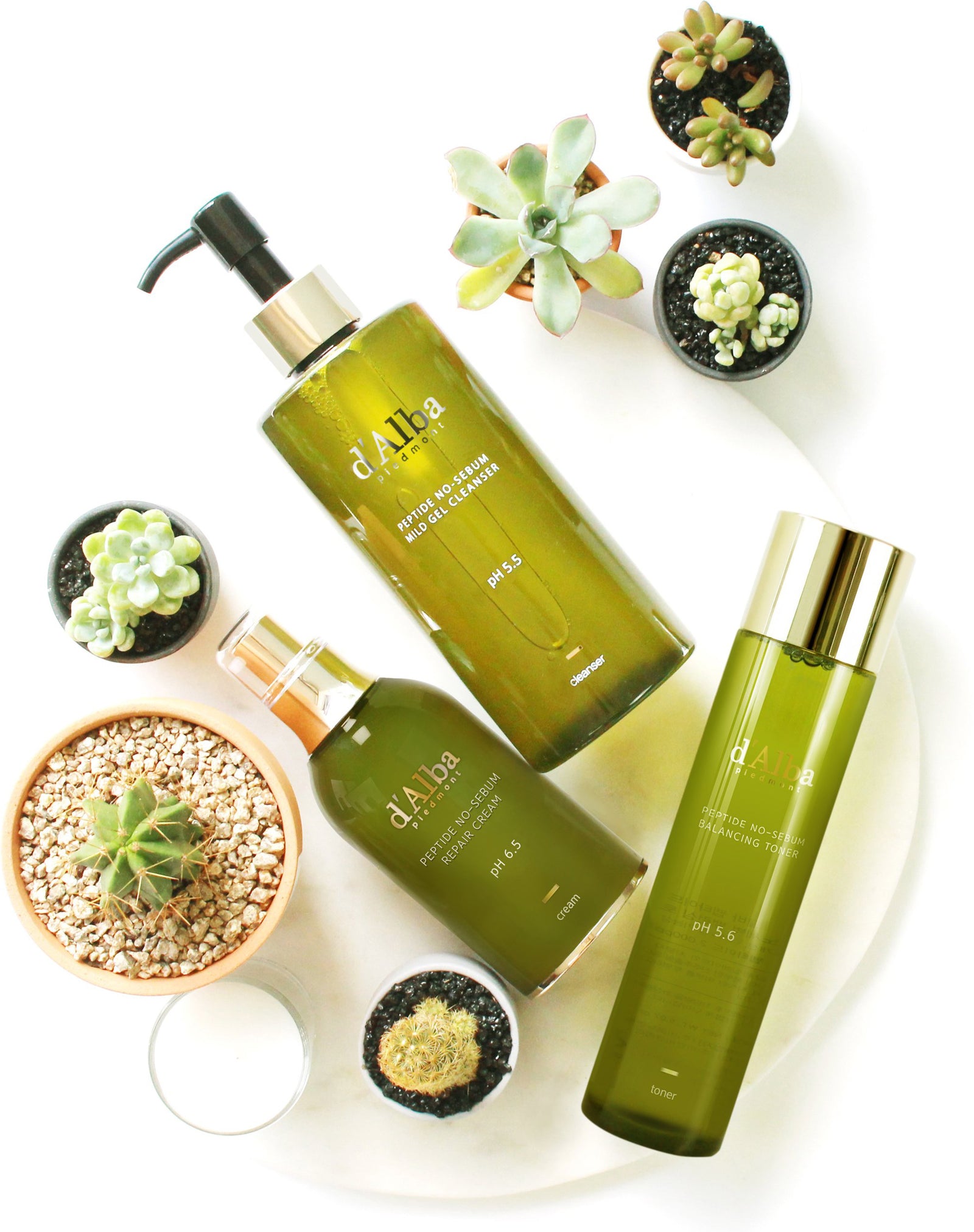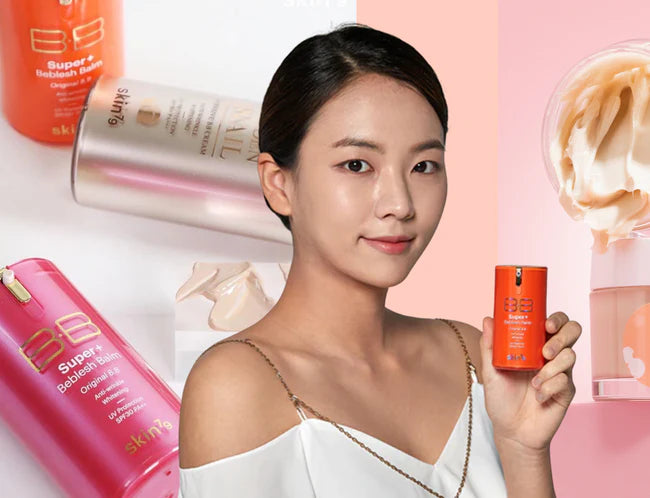Last month to shop K-Beauty on STYLE STORY. We’re moving to K-Beauty consultancy. Details
Menu
Korean Sunscreens and the SPF Controversy Part 1
December 14, 2021

Korean Sunscreens & the SPF Controversy Part 1 - Episode 84 of the Korean Beauty Show podcast
Episode Description:
Korean sunscreens are beloved by beauty lovers for their cosmetically elegant formulas that don’t leave a white cast and blend well with makeup.
Unfortunately, they’re not often available for sale in many overseas markets due to differences in regulation. For more details about why Korean sunscreens are unable to be sold or marketed in Australia, visit our blog.
2020-2021 was a bad year for Korean sunscreens with a series of controversies engulfing many brands and manufacturers.
Today, we’re starting a deep dive into this part of the industry, investigating cosmetic regulation and manufacturing in Korea.
CONNECT WITH ME
Instagram: www.instagram.com/lauren.kbeauty
Facebook: www.facebook.com/stylestory.au
Website: www.thekoreanbeautyshow.com
Sign Up to Our Mailing List to Join Tester's Club: https://stylestory.com.au/pages/free-gift-signup
Pinterest: https://www.pinterest.com.au/stylestoryau
Tik Tok: https://vt.tiktok.com/ZSaHUgHL/
Download Your Free Guide to K-Beauty:
https://manage.kmail-lists.com/subscriptions/subscribe?a=XgHS8t&g=SmUKy
Episode Summary - Korean Sunscreens and the SPF Controversy Part 1
K-Beauty News Headline
CJ Olive Young Looking to Raise $1 Billion in a Local Public Offering
The health and beauty chain operates around 1,200 stores in South Korea. The business reported operating profits of $84.4 million last year.
Question of the Week - Should I use a face oil?
Face oils help boost moisture, in addition to supporting and protecting your skin. Even those with oily skin types can benefit from adding a face oil into their skincare routine. The key is to find the right kind of oil for your skin type.
Facial oils are also a lot more versatile than you may think. In addition to applying them before or after moisturiser, you can also mix a few drops into your moisturiser as well. This method is really popular in Korea, particularly in winter.
Korean Sunscreens and the SPF Controversy Part 1: Introduction to Korean Sunscreens
Korean (and Asian sunscreens in general) are beloved by beauty lovers all over the world for their cosmetically elegant formulas that don’t leave a white cast and blend well with makeup.
Unfortunately, they’re not as easy to get our hands on as we’d like, especially in Australia and the US.
What Is Sunscreen?
Although it probably goes without saying, sunscreen is used to protect skin from the harmful rays of the sun. The products themselves contain substances that either absorb or reflect the sun’s UV rays and prevent most of it from penetrating the skin and damaging skin cells.
In Australia, thanks to our extra harsh UV factor, the sunscreens we use need to be safe and effective in order to prevent skin cancer and sun damage.

Types of Sunscreens
The two main types of sunscreens are chemical and mineral sunscreens. The main difference between the two is that one absorbs UV rays and the other reflects them.
Chemical Sunscreens:
- This type of sunscreen is absorbing because it absorbs UV rays and then neutralises them, releasing heat.
- The key thing to remember about chemical sunscreens is that some of these take up to 15-20 minutes to work so make sure you apply them well before you intend on being exposed to the sun
- Some chemical sunscreen ingredients include:
- Avobenzone
- Octinoxate
- Octisalate
- Octocrylene
- Oxybenzone
- Ecamsule
- Homosalate
- Padimate A
- Padimate O
Mineral Sunscreen
- This type of sunscreen reflects the sun's rays away from the skin
- Works immediately upon application
- The two most common types of physical sunscreen ingredients are:
- Titanium Dioxide
- Zinc Oxide
(both of these are FDA and TGA approved)
Types of sun damage
In a nutshell, UVA rays age your skin, while UVB rays burn your skin.
- UVA = Ultraviolet A
- Has longer rays than UVB and is deeply penetrating
- UVA rays can also penetrate through glass windows
- These rays can cause DNA damage and speed up signs of aging.
- UVB = Ultraviolet B
- Causes sunburn and skin cancers
- UVBA rays cause sunburn, which can in turn cause skin cancer.
Labelling of sunscreen products
Now that you understand the different types of rays, we can break down the various different labelling systems.
Differences in the labelling system of sunscreens is one of the main reasons why Korean sunscreens or Japanese sunscreens cannot just automatically be sold in other countries like Australia and the US.
SPF = Sun Protection Factor
- This only deals with UVB rays
- It measures how long you can stay out in the sun without burning
- The number that follows SPF tells you how much UVB light it filters.
- SPF 15 blocks 93%- 95%
- SPF 30 blocks 97%
- SPF 50 blocks 98%
"Broad Spectrum"
- A regulated claim in Australia that means the sunscreen filters BOTH UVA and UVB - ie. it provides a more complete coverage to protect the skin from both types of UV rays.
- Zinc Oxide and Titanium Dioxide are two common sunscreen ingredients that reflect both sections of the spectrum
PPD = Persistent Pigment Darkening
- Measures UVA exposure only.
- This system determines the amount of time it takes for the skin to tan compared to if it was unprotected.
- The PPD system is mainly used in Asia and Europe, which is why you will see it on so many Korean sunscreens.
PA
- Rates the amount of the UVA protection a product offers
- This system is mainly used in Asia and is commonly displayed on Korean SPF products.
Regulation of sunscreen in Korea
In Korea, companies have better access to more sunscreen ingredients to work with, which is a result of the faster moving regulations. The approval process in Korea is much quicker, meaning newer and innovative sunscreen formulas can improve on issues that the older formulas have.
A common observation by many is that Korean sunscreens feel different, as they feel less chalky and heavy and don’t leave a white cast. One of the reasons for this is the different types of sunscreen ingredients being used in these products.
Sunscreen Testing In Korea
The start of the Korean sunscreen scandal was that when the ODM at the centre of the scandal developed its original product, several companies subsequently used that formula as a base but changed the product from a cream to a lotion type.
They wanted a product that was light and easy to spread and so altered the original base formula. They used the SPF label from the original product without submitting the products to additional UV protection index tests.
According to a Korean regulation of the notification of "functional cosmetics" (a class of regulated cosmetics),
"Functional cosmetics that have already been reviewed are exempt from submitting data if they have the same type, standard, and volume of raw materials (concentration in liquid formulations) that show the efficacy and effectiveness of the same responsible seller or ODM manufacturer."
[Notice of the Regulations on the Review of Functional Cosmetics (No. 2020-131, Article 6 (Exemption from Submission Data, etc.) on December 30, 2020)
Liquid, lotion, and cream products are considered the same formulation. In Korea, the ultraviolet category in functional cosmetics uses the "main ingredient concept". So long as cosmetics use the same ingredients, their efficacy, taste, and sensation may vary based on subtle changes to the formulation. The law allows for changes between the pre-production prototypes to production products.
Additional testing is not cheap, and because Korean law does not require it, many of the brands making these sunscreen products simply avoided it in order to save money.
Make sure you subscribe to the podcast so you don't miss out on Part 2 of Korean Sunscreens and the SPF Controversy when it drops in January 2022.
STYLE STORY - Your Go-To for K-Beauty
Shop Now
"Additional SPF testing is not cheap, and because Korean law does not require it, many of the brands making these sunscreen products simply avoided it in order to save money."
- Lauren Lee, Host of the Korean Beauty Show Podcast





Leave a comment
Comments will be approved before showing up.